Good test, differentiated, lowest score in 3 subjects
Math is one of the three subjects in the 10th grade entrance exam in Ho Chi Minh City, along with Literature and Foreign Language. Ho Chi Minh City started to innovate the Math exam in 2015, with practical application questions. Initially, the questions in the Math exam heated up public opinion, students and teachers. As they got "familiar", the number of practical application questions in the exam increased, some years accounting for 4/7 questions, the remaining 2 questions were familiar, basic problems about graphs, Viet formulas, solving equations, and 1 question about plane geometry.
The applied math problems are often long, sometimes when holding the math exam, it seems like it is a literature exam. However, these problems are considered creative, true to the math objectives, not sticking to formulas, textbooks and even the type of questions. However, the math exam for grade 10 in Ho Chi Minh City has also made candidates cry.

Typically, in 2024, when leaving the Math exam room, many candidates cried because it was too difficult. The Department of Education and Training of Ho Chi Minh City explained at that time that the exam had to show differentiation, with some easy and some difficult questions to serve the admission goal. Unlike the goal of the graduation exam, which is to assess students' knowledge, the 10th grade entrance exam had to classify students with higher and better qualifications to enter top schools, and students with lower qualifications to enter middle and next-tier schools.
"Before the 10th grade entrance exam took place, the exam council built a test matrix, in which the levels of understanding, application and high application were determined. Since 2014, every year, the math subject in Ho Chi Minh City has increased the level of applying knowledge of life to solve problems in the exam. Students must choose the math knowledge they have learned to apply to solve problems posed in the questions," said a representative of the Department of Education and Training.
In fact, the 2024 Ho Chi Minh City 10th grade Math exam scores are clearly differentiated. Of the more than 98,400 candidates taking the exam, over 55,000 students scored less than 5 in Math, including 123 candidates with 0.25 points; 142 candidates with 0.5 points and 188 candidates with only 0.75 points, 256 candidates with 1 point. Only 49 candidates scored 10 points in Math; 31 candidates scored 9.75 points; 132 candidates scored 9.5 points; 123 candidates scored 9.25 points; 276 candidates scored 9 points.
In 2023, out of 95,952 candidates taking the Math exam, 44,126 candidates scored below 5, of which 165 candidates scored 0; 134 candidates scored 0.25 points. The number of candidates with scores below 1 in Math was 809. In 2022, out of 92,074 candidates taking the Math exam, 41,775 candidates scored below 5.
The 2025 exam will still be about applying learned knowledge to solve practical problems.
The 10th grade exam in 2025 will be the first according to the 2018 General Education Program. The math exam will include the following knowledge streams: Geometry and measurement; numbers and algebra; statistics and probability. The test content aims to assess mathematical abilities: Mathematical thinking and reasoning; mathematical problem solving; mathematical modeling.
The exam will require students to apply their knowledge to solve practical problems; encourage self-study and creativity, avoid rote learning; and help students orient themselves on some necessary knowledge and skills when entering high school.
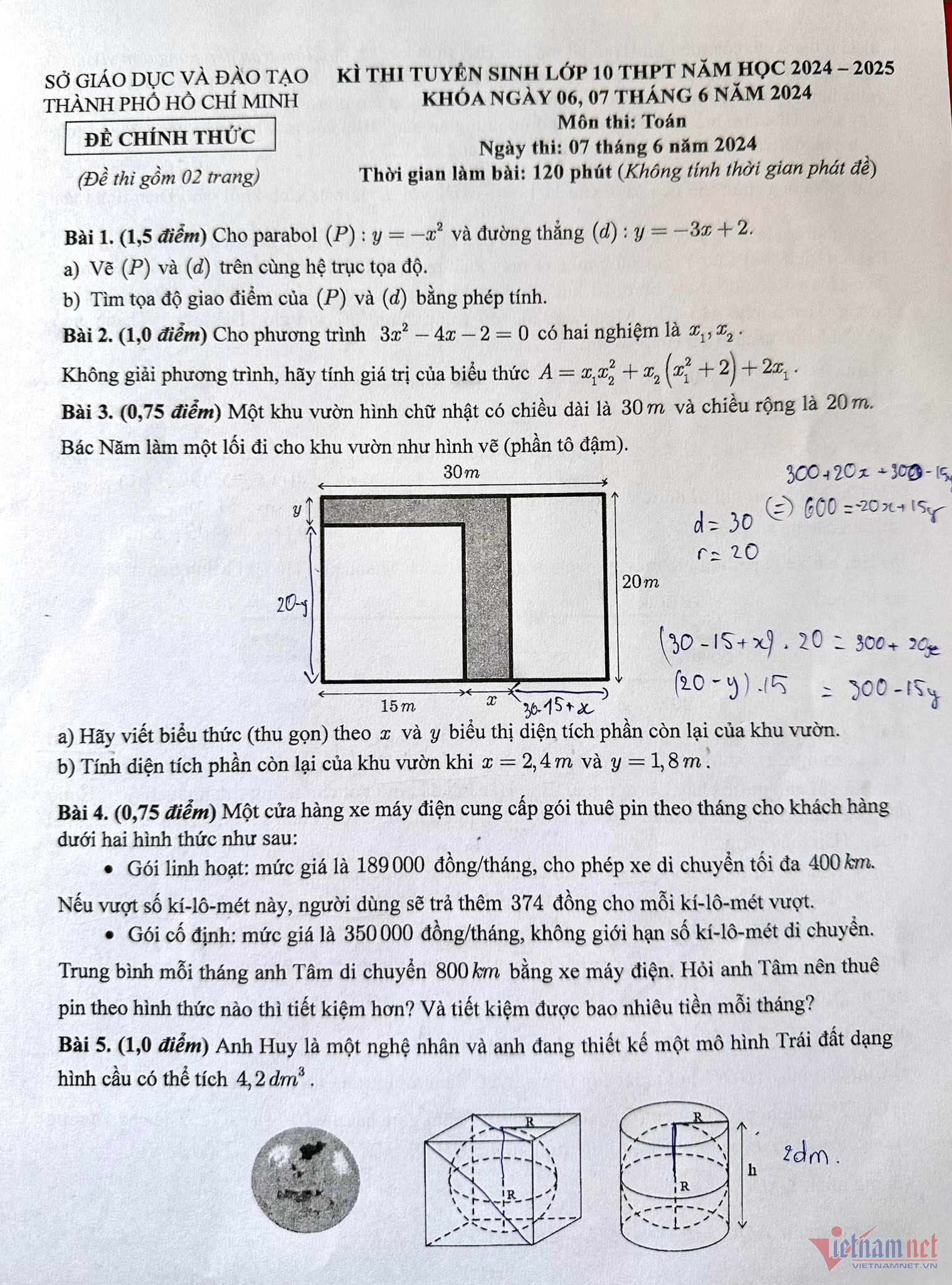
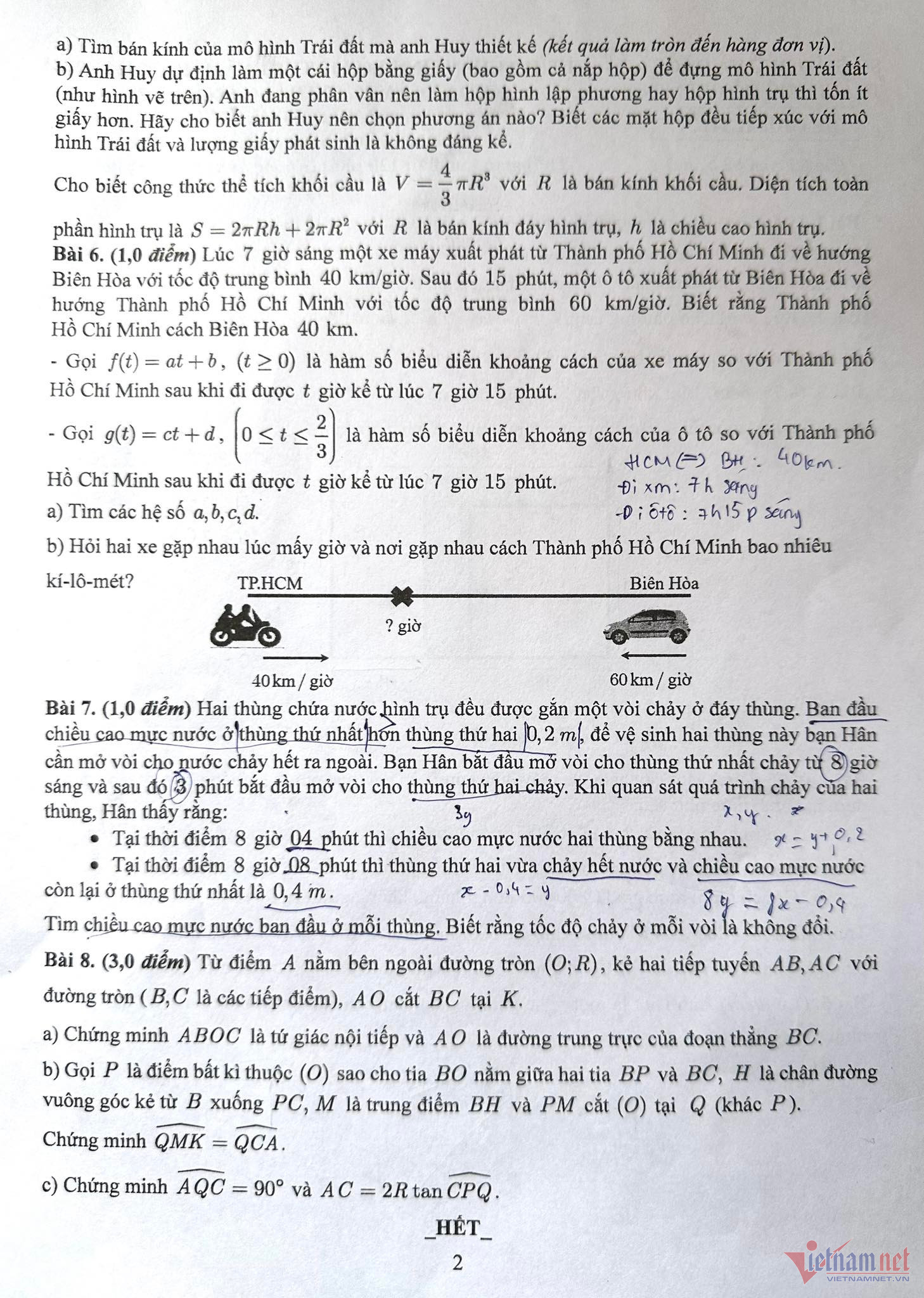
Math teacher, Tran Tuan Anh - Thu Duc High School, said that the reason why candidates have difficulty with the Math exam is because they are used to solving math problems in the form of exercises, only following the steps instructed by teachers.
Meanwhile, with practical problems, students have to build their own solution process, formulas, and equations, so they are confused. On the other hand, practical problems often require students to have reading comprehension skills, summarize hypotheses and problem requirements, and from there, identify data such as variables, parameters, constants and build relationships between them, expressed in mathematical language.
According to Mr. Tuan Anh, the most difficult thing when solving real math problems is understanding the meaning of the problem, while students often do not understand it so it is difficult to do it quickly. The nature of math, including general calculation, solving equations, proving... is not as difficult as the old type of questions.
To prevent students from having to "cry" over these types of math problems, according to Mr. Tuan Anh, teachers first need to change their way of thinking. Familiar math knowledge such as transforming expressions, calculating expression values, solving equations, solving inequalities, proving... is not the ultimate goal of learning math. It is only a powerful tool for solving practical problems. Therefore, teachers should avoid teaching by rote in the form of exercises that give explicit steps for students to memorize. This limits creative freedom, restricts thinking, and makes students confused when encountering "strange" math problems.
On the other hand, it is necessary to increase students' reading comprehension in understanding the problem, understanding and summarizing the hypothesis, and clearly grasping the requirements by providing vocabulary in practical fields such as finance and statistics, interspersed in the lesson with practical, close examples. Students should learn by nature, understand the definitions and concepts of mathematical objects to use in solving problems. Avoid memorizing formulas without knowing how to use them.
Mr. Tuan Anh supports the city's way of setting questions so that students know that learning Math is not only about solving exercises but also helps them develop their thinking, find the right and optimal things, and make the most beneficial decisions. On the other hand, the practical Math questions in the 10th grade entrance exam are in line with the 2018 program's goals, reducing difficult problems, changing machines, and increasing application and practicality.
Source: https://vietnamnet.vn/de-toan-cu-ngo-ngu-van-hoc-sinh-thi-lop-10-tphcm-tung-khoc-nuc-no-2396159.html



![[Photo] President Luong Cuong presided over the welcoming ceremony and held talks with Sri Lankan President Anura Kumara Dissanayaka](https://vphoto.vietnam.vn/thumb/1200x675/vietnam/resource/IMAGE/2025/5/5/bbb34e48c0194f2e81f59748df3f21c7)


![[Photo] Solemn opening of the 9th Session, 15th National Assembly](https://vphoto.vietnam.vn/thumb/1200x675/vietnam/resource/IMAGE/2025/5/5/ad3b9de4debc46efb4a0e04db0295ad8)


















![[Photo] National Assembly delegates visit President Ho Chi Minh's Mausoleum](https://vphoto.vietnam.vn/thumb/1200x675/vietnam/resource/IMAGE/2025/5/5/9c1b8b0a0c264b84a43b60d30df48f75)




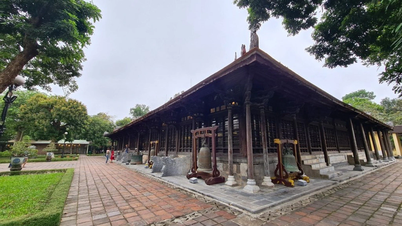







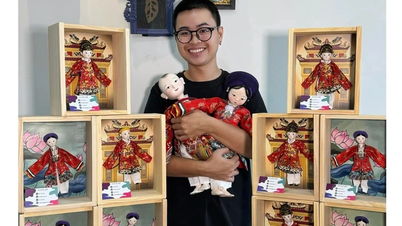















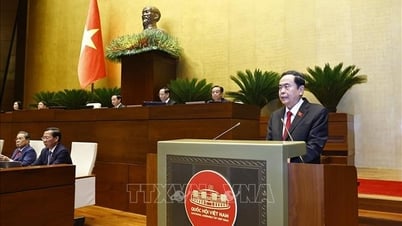

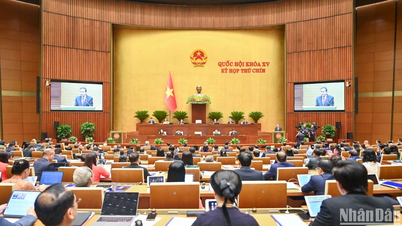


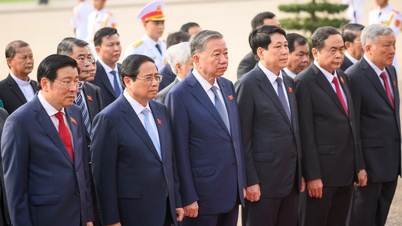






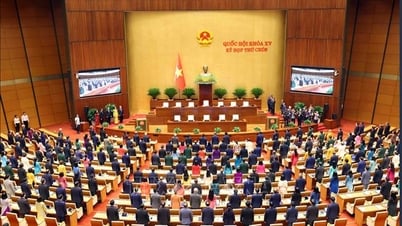












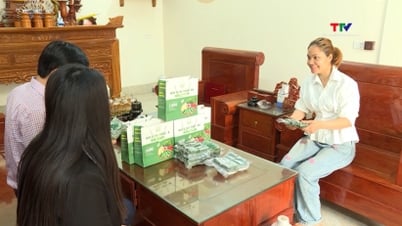











Comment (0)